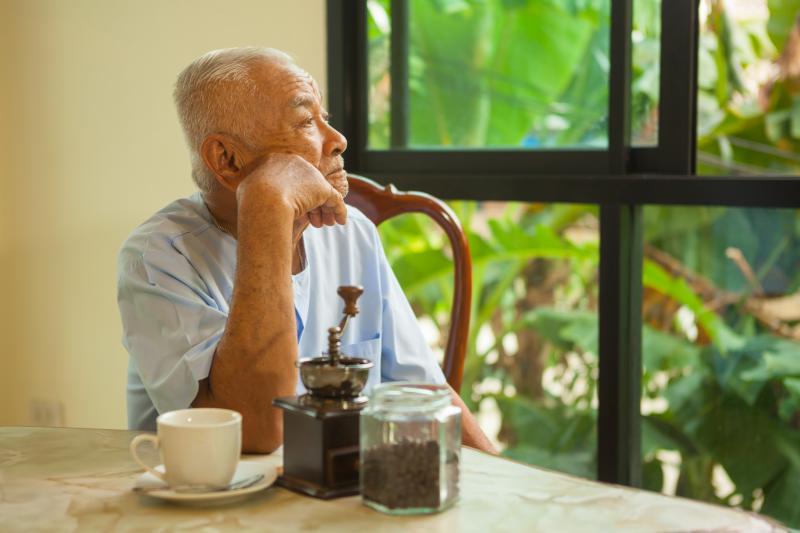 Suicidal thoughts and preoccupation with death in the elderly may be due to underlying causes like depression or dementia and should raise some flags
Suicidal thoughts and preoccupation with death in the elderly may be due to underlying causes like depression or dementia and should raise some flagsElderly adults in their final year of life suffer from a high burden of depressive symptoms, a recent study has shown.
Researchers conducted an observational, cross-sectional, population-based survey of 3,274 elderly adults (47.5 percent female) who died within a year after assessment. The Centre for Epidemiologic Studies Depression Scale (CESD-8) was used to evaluate the burden of depressive symptoms.
A third of the participants reported that they had cancer, while almost a quarter (24.4 percent) had lung diseases. Congestive heart failure was reported in 10.8 percent. Twenty-five percent of participants reported impairments in activities of daily living.
Mean CESD-8 score remained relatively stable in the 12 to 4 months before death. Scores increased progressively beyond this point. From a mean of 2.09 points 4 months before death, the average CESD-8 score climbed to 3.31 points a month prior to death.
Similarly, the percentage of patients with CESD-8 scores ≥3 points increased as death approached, growing from 42 percent 2 months before death to 59 percent a month before death.
Notably, the trajectories of the change in depressive symptoms over the final year of life varied greatly according to socioeconomic, demographic and clinical variables. However, the general increasing trend as death drew closer remained.
“While depressive symptoms at the end of life are common, they are treatable and must be proactively addressed to reduce distress and ensure that everyone has the opportunity to experience a ‘good death,’ free of depressive symptoms,” said researchers.